Filter by
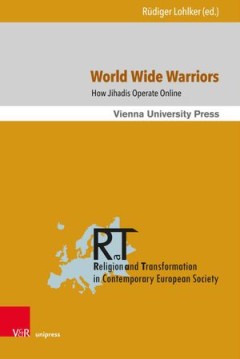
World Wide Warriors BOOK 2019 World Wide Warriors How Jihadis Operate Online
The contributions of this volume aim at a new, evidence based approach to Jihadism studies. What is the structure of Jihadi online communication and the dissemination of operational material online? Which errors were made by conventional Jihadism research? Which programs, apps, etc. use Jihadis to further their online communication? Next to these questions the contributors discuss the evident i…
- Edition
- -
- ISBN/ISSN
- 9783847109389
- Collation
- -
- Series Title
- -
- Call Number
- -
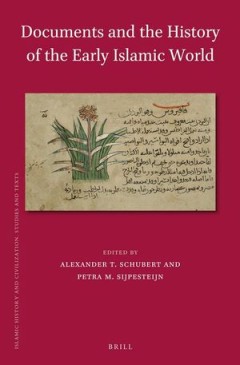
Documents and the History of the Early Islamic World
Historians have long lamented the lack of contemporary documentary sources for the Islamic middle ages and the inhibiting effect this has had on our understanding of this critically important period. Although the field is richly served by surviving evidence, much of it is hard to locate, difficult to access, and philologically intractable. Presenting a mixture of historical studies and new edit…
- Edition
- -
- ISBN/ISSN
- 9789004284340
- Collation
- -
- Series Title
- -
- Call Number
- -
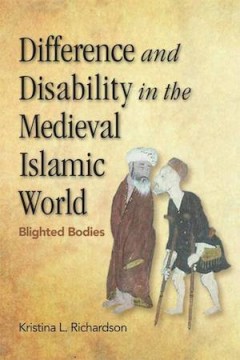
Difference and Disability in the Medieval Islamic World Blighted Bodies D…
Medieval Arab notions of physical difference can feel singularly arresting for modern audiences. Did you know that blue eyes, baldness, bad breath and boils were all considered bodily ‘blights', as were cross eyes, lameness and deafness? What assumptions about bodies influenced this particular vision of physical difference? How did blighted people view their own bodies? Through close anal…
- Edition
- -
- ISBN/ISSN
- 9780748645077
- Collation
- -
- Series Title
- -
- Call Number
- -
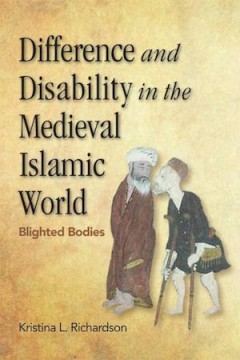
Difference and Disability in the Medieval Islamic World Blighted Bodies
- Edition
- -
- ISBN/ISSN
- 9780748645077
- Collation
- -
- Series Title
- -
- Call Number
- -
- Edition
- -
- ISBN/ISSN
- 9780748645077
- Collation
- -
- Series Title
- -
- Call Number
- -
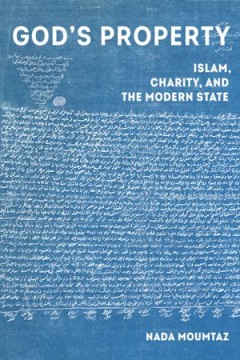
God's Property Islam, Charity, and the Modern State
Up to the twentieth century, Islamic charitable endowments provided the material foundation of the Muslim world. In Lebanon, with the fall of the Ottoman Empire and the imposition of French colonial rule, many of these endowments reverted to private property circulating in the marketplace. In contemporary Beirut, however, charitable endowments have resurfaced as mosques, Islamic centers, and no…
- Edition
- -
- ISBN/ISSN
- 9780520975781
- Collation
- -
- Series Title
- -
- Call Number
- -
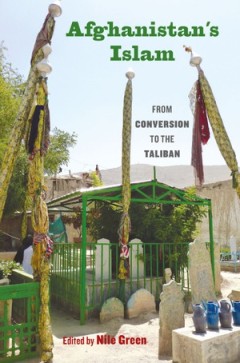
Afghanistan’s Islam From Conversion to the Taliban
“Islam in Afghanistan has long been viewed as static and uniform, but this fine collection demonstrates that it has been far more contested and dynamic over the centuries than either Afghans or outside observers have realized. This book opens a door to that history to reveal a religious tradition that has constantly adapted itself to changing intellectual currents, local cultural beliefs, and…
- Edition
- -
- ISBN/ISSN
- 9780520967373
- Collation
- -
- Series Title
- -
- Call Number
- -
 Computer Science, Information & General Works
Computer Science, Information & General Works  Philosophy & Psychology
Philosophy & Psychology  Religion
Religion  Social Sciences
Social Sciences  Language
Language  Pure Science
Pure Science  Applied Sciences
Applied Sciences  Art & Recreation
Art & Recreation  Literature
Literature  History & Geography
History & Geography